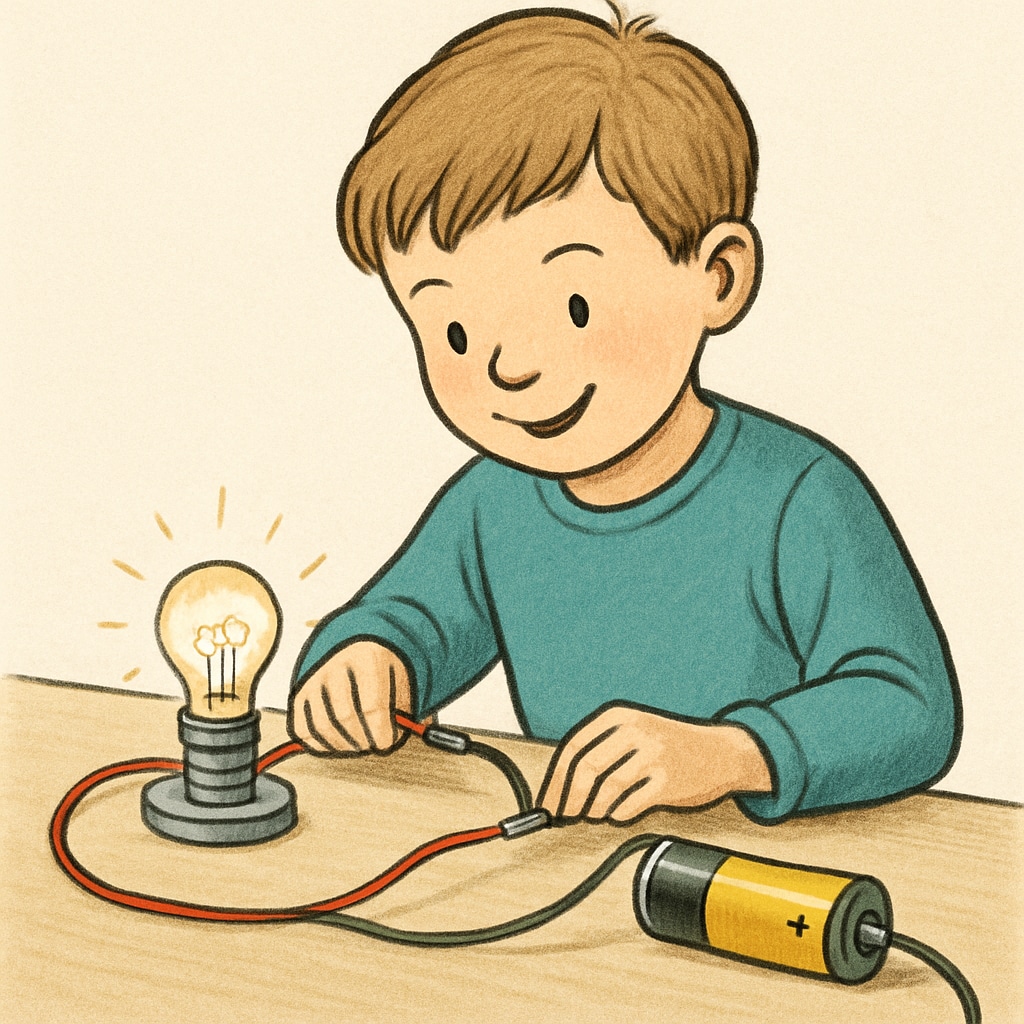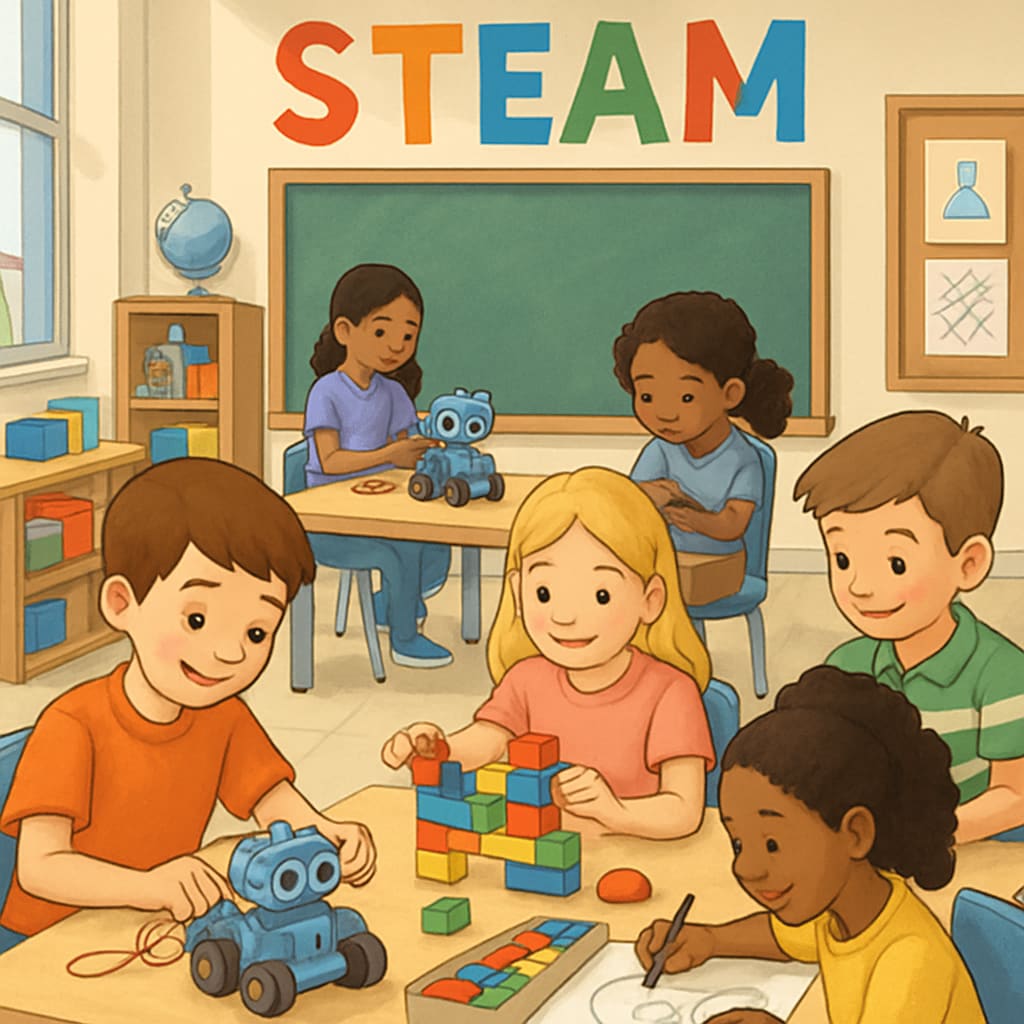When a 4-year-old demonstrates a natural inclination for hands-on activities such as building circuits, assembling robots, or creating imaginative structures with blocks, it becomes evident that their educational needs might differ from those of their peers. Supporting creativity, recognizing early talent, and selecting the right education approach are essential to help them thrive. This article delves into strategies for fostering creativity and balancing structured learning with exploratory play.
Recognizing the Early Signs of Creativity and Inventiveness
Early identification of a child’s talents is key to nurturing their potential. Children with a creative and inventive mindset often display specific traits:
- A strong curiosity about how things work and a habit of asking “why” or “how” questions.
- Preference for open-ended activities that allow them to experiment and create.
- An ability to focus deeply on projects that interest them, even at a young age.
- Interest in tools, materials, and processes rather than pre-packaged toys.
If these traits resonate with your child, they might benefit from an education style that emphasizes hands-on, creative experiences.

Balancing Structure with Freedom in Learning
It’s important to strike a balance between structured education and freedom for self-directed exploration. Structured learning provides a foundation for literacy, numeracy, and social skills, while unstructured play fosters innovation and problem-solving abilities.
Here are some practical ways to achieve this balance:
- Enroll in programs that emphasize STEAM (Science, Technology, Engineering, Arts, and Math): Many schools and extracurricular programs now integrate STEAM activities, allowing children to explore hands-on projects.
- Encourage maker spaces at home: Create a dedicated area with materials like cardboard, string, tape, and basic tools for your child to tinker and invent.
- Introduce open-ended toys: Blocks, magnetic tiles, or LEGO sets give children the freedom to build while sparking their imagination.
- Combine learning with play: Use educational kits like basic robotics or coding games tailored for young children.
For further reading on STEAM education, visit STEAM Fields on Wikipedia.
Choosing the Right Educational Environment
The traditional classroom setting may not always be the best fit for an inventive child. Consider alternative educational environments that cater to creative learners:
- Montessori Schools: These programs encourage self-directed activity and hands-on learning with real-world materials.
- Reggio Emilia Approach: This philosophy focuses on project-based learning, collaboration, and expression through art and design.
- Homeschooling: If feasible, homeschooling allows parents to tailor the curriculum to their child’s unique interests and pace.
- Specialized Workshops: Look for community programs that offer workshops in robotics, art, or engineering for young children.

Fostering Lifelong Creativity
Beyond education, the home environment plays a critical role in fostering lifelong creativity. Parents can encourage their child’s inventive spirit by:
- Allowing mistakes and celebrating failures as part of the learning process.
- Providing diverse experiences like museum visits, nature exploration, or DIY projects.
- Encouraging collaborative play with peers to develop teamwork and communication skills.
- Staying involved and showing interest in their projects while refraining from taking over.
As a result, children not only develop technical skills but also gain confidence and resilience in their creative pursuits.
For more insights on fostering creativity, check out the Creativity topic on Britannica.
Identifying and nurturing a 4-year-old’s inventive potential is both a responsibility and a joy for parents. By combining creative education, early recognition of talent, and the right learning environment, you can help your child grow into a confident, innovative thinker ready to tackle the challenges of the future.


